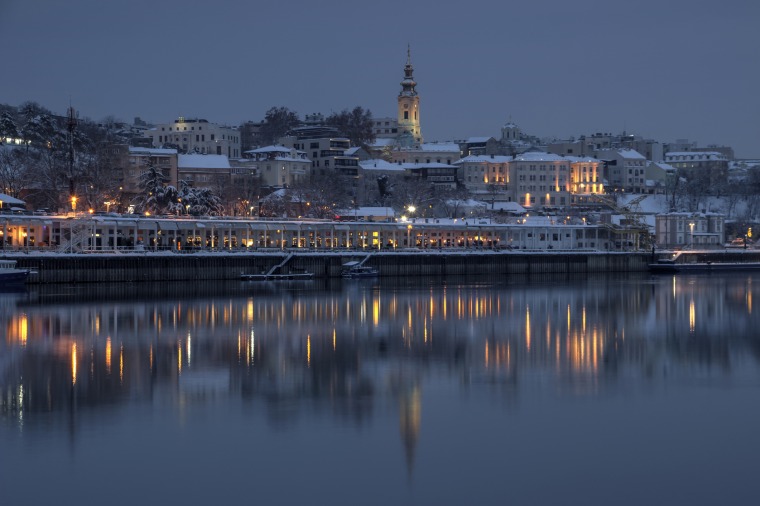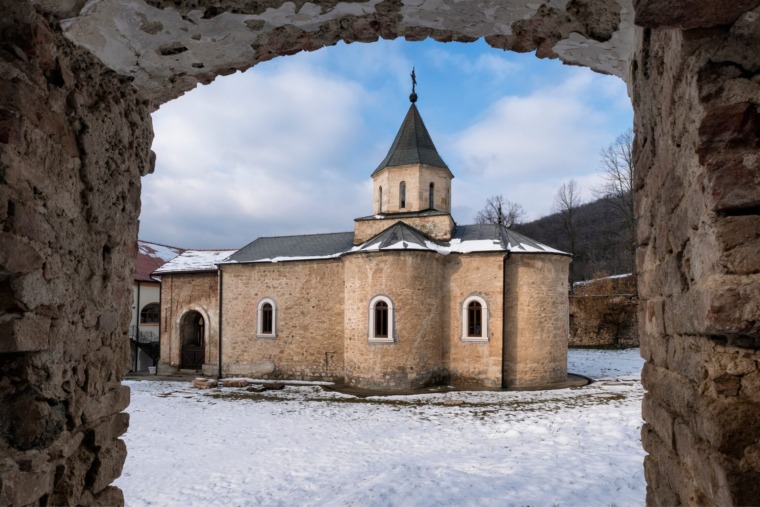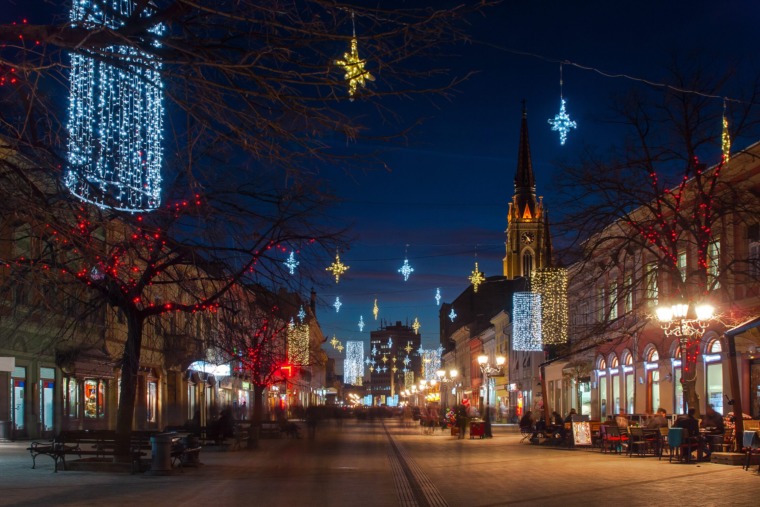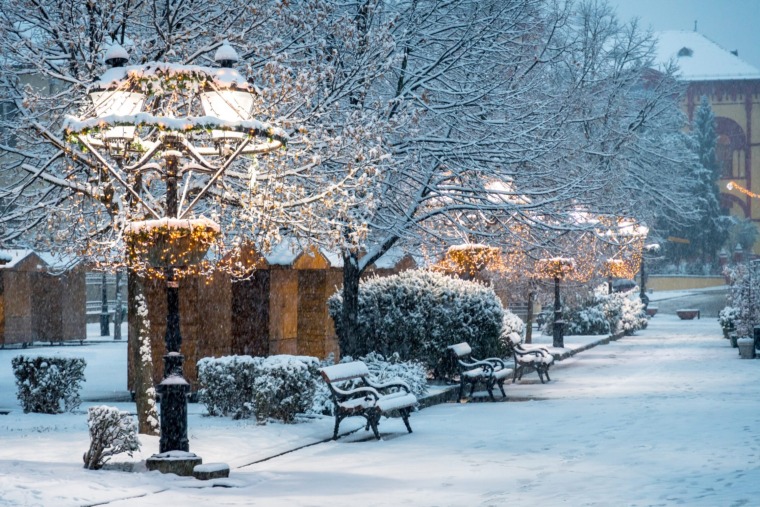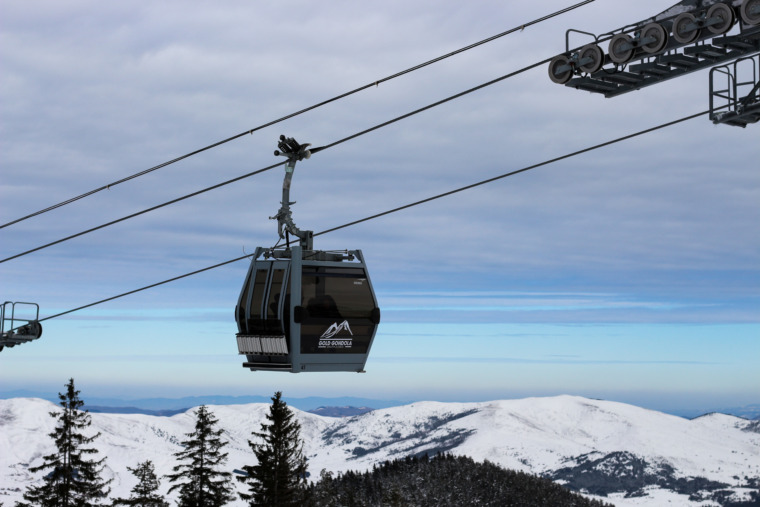
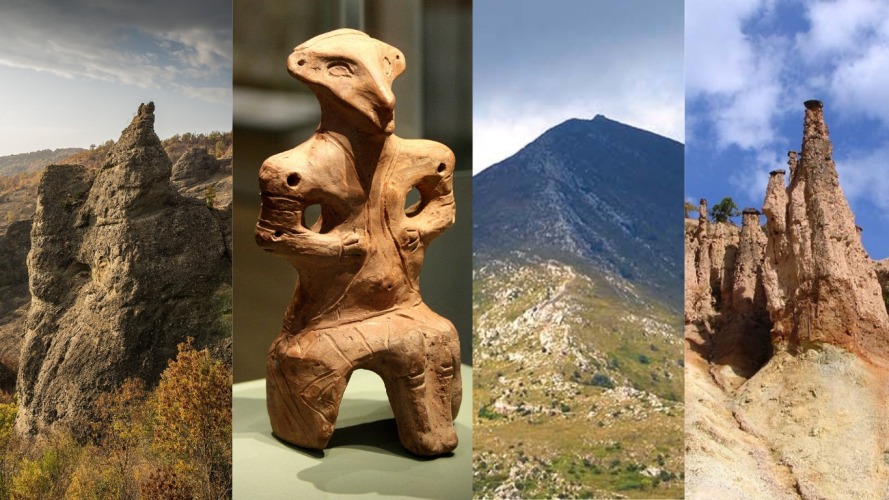
Beneath Serbia’s rolling hills and ancient stone fortresses lies a world of whispered tales, sacred springs, and shadowy legends passed down for generations. This is not just a land of rich history and vibrant culture — it’s a place where myths live on, where mountains are said to hide ancient powers, and where villagers still speak of ghosts, miracles, and unexplained forces.
From the pyramid-shaped peak of Rtanj Mountain, believed to radiate healing energy, to the eerie stone towers of Devil’s Town, shaped by nature but steeped in superstition, Serbia offers a unique journey into the mystical and the mysterious. These are not tourist spots with souvenir stands — they are places of power, where nature and myth meet in ways that defy logic but ignite the imagination.
Rtanj Mountain – Serbia’s Pyramid of Mystery
No mountain in Serbia holds as many secrets — or sparks as many theories — as Rtanj. Rising in perfect symmetry above the eastern Serbian landscape, Rtanj has been called everything from a natural pyramid to an ancient alien beacon. Some believe it was built by a lost civilization; others claim its slopes emit healing energy that draws thousands of visitors every year, especially during the solstices.
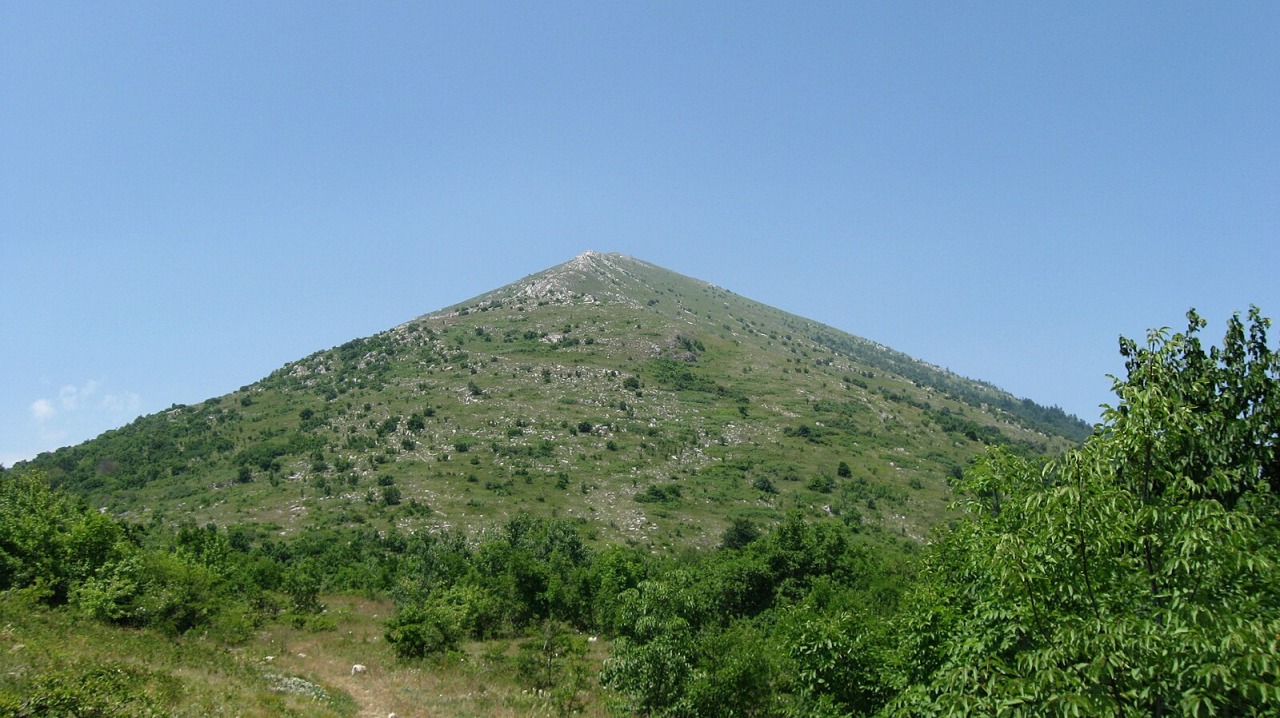
Local legend speaks of a wizard who once ruled these lands and hid his treasure deep within the mountain’s heart. According to the tale, when he died, the mountain closed around his riches, and a sacred pyramid formed above. Modern-day explorers still search for hidden entrances, convinced the treasure — or the truth — lies just beneath the surface.
Even skeptics can’t deny the mountain’s pull. Those who hike its slopes often speak of unusual calm, inexplicable bursts of energy, and unshakable feelings of connection with the earth. Whether a geological wonder or something more, Rtanj remains Serbia’s most mystical peak — one that keeps its secrets well hidden.
Devil’s Town – Where Stone and Legend Stand Silent
In the remote reaches of southern Serbia, near the town of Kuršumlija, nature has carved a haunting landscape of over 200 stone pillars, their twisted shapes and fragile balance giving rise to Serbia’s most famous legend: Devil’s Town (Đavolja Varoš).
According to folklore, these eerie figures were once wedding guests, turned to stone by a divine force to prevent a cursed union — a brother unknowingly marrying his sister. Others say the Devil himself cursed the land, disturbed by the holy water springs that bubble nearby.
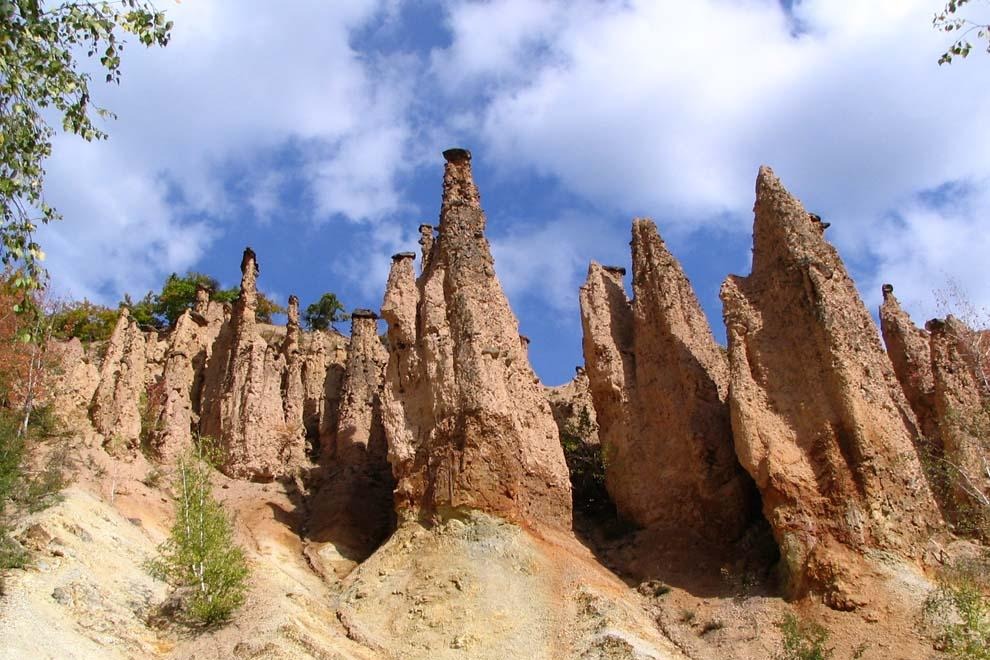
Beyond the legend, the atmosphere is otherworldly. The silence is thick. The wind howls strangely through the pillars. The nearby springs, rich in minerals and sulfur, carry names like Đavolja Voda (“Devil’s Water”) and are said to have healing — or ominous — effects. A recognized UNESCO geopark, Devil’s Town is both a geological marvel and a place where myth and landscape seem carved from the same stone.
Kisiljevo – Serbia’s Vampire Origin Story
Long before Bram Stoker imagined Dracula, a real-life vampire panic gripped a quiet Serbian village — and it all started in Kisiljevo, near Požarevac, in 1725. After the death of a man named Petar Blagojević, locals claimed he had returned from the grave to drink the blood of the living. Several villagers died mysteriously soon after his funeral, and their families insisted Petar had visited them at night.
Terrified, the community exhumed his body. According to written Austrian military records, Blagojević’s corpse appeared unusually well-preserved, with blood at his mouth and fresh nails and hair. In fear and desperation, they drove a stake through his heart — reportedly causing a loud groan to escape his lips.
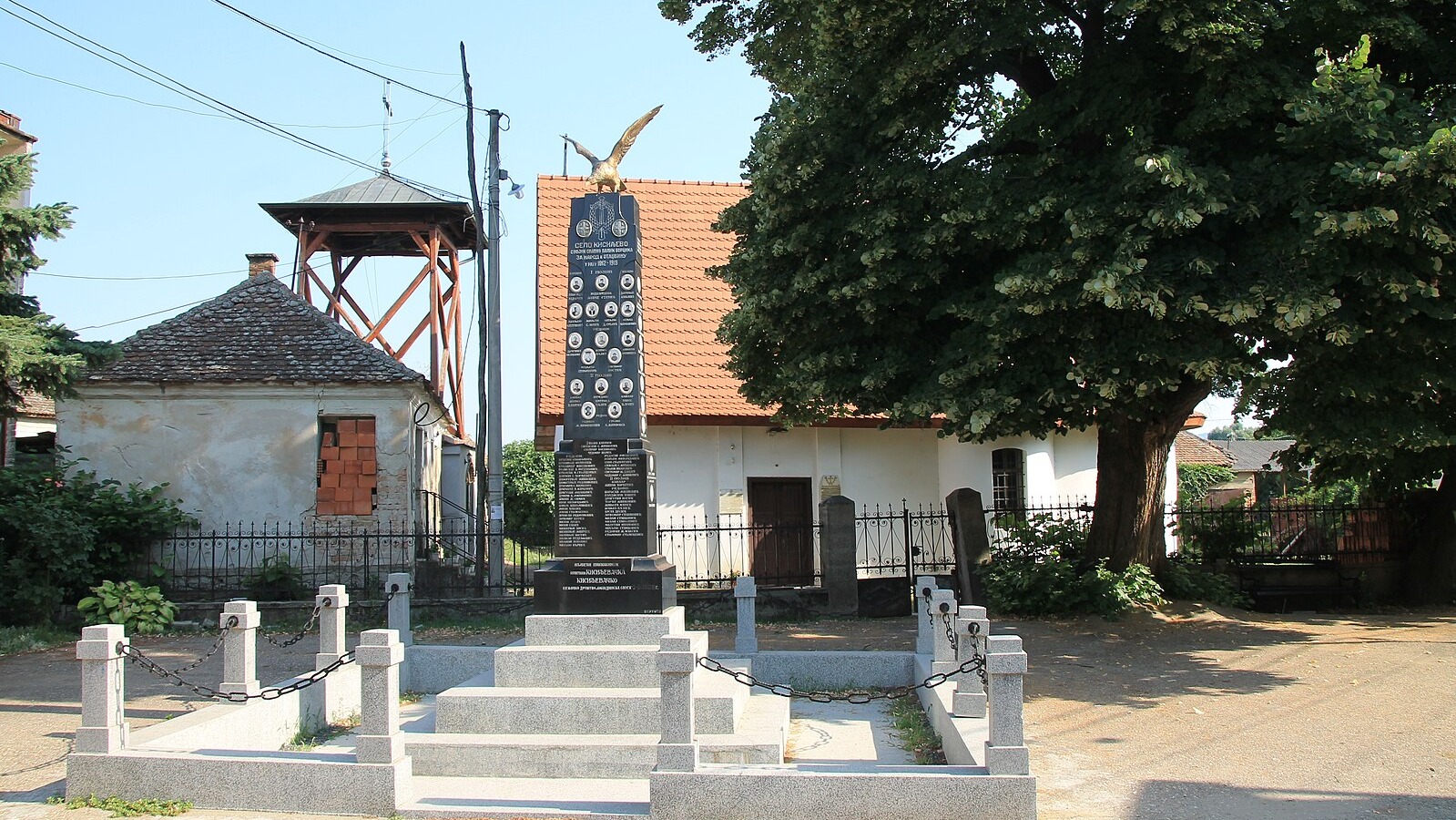
This incident, documented by Austrian authorities, became Europe’s first recorded vampire case, igniting vampire hysteria across the continent and inspiring legends that would later shape Gothic literature. Today, Kisiljevo is quiet and unassuming, but its dark tale endures — a chilling reminder of how belief in the undead once gripped the imagination of an entire region.
The Curse of Jerina – Between Maglič and Smederevo’s Stone Walls
Across Serbia, the name Jerina Branković, remembered in folklore as Prokleta Jerina (Jerina the Cursed), echoes from the stone walls of fortresses and into tales of cruelty, curses, and ghostly hauntings. Though she was a real historical figure — the wife of Despot Đurađ Branković in the 15th century — Jerina’s legacy in Serbian oral tradition is far darker than the historical record suggests.
Two fortresses are most closely associated with her infamous legend: Maglič, perched high above the Ibar River, and Smederevo Fortress, the massive stronghold on the banks of the Danube.
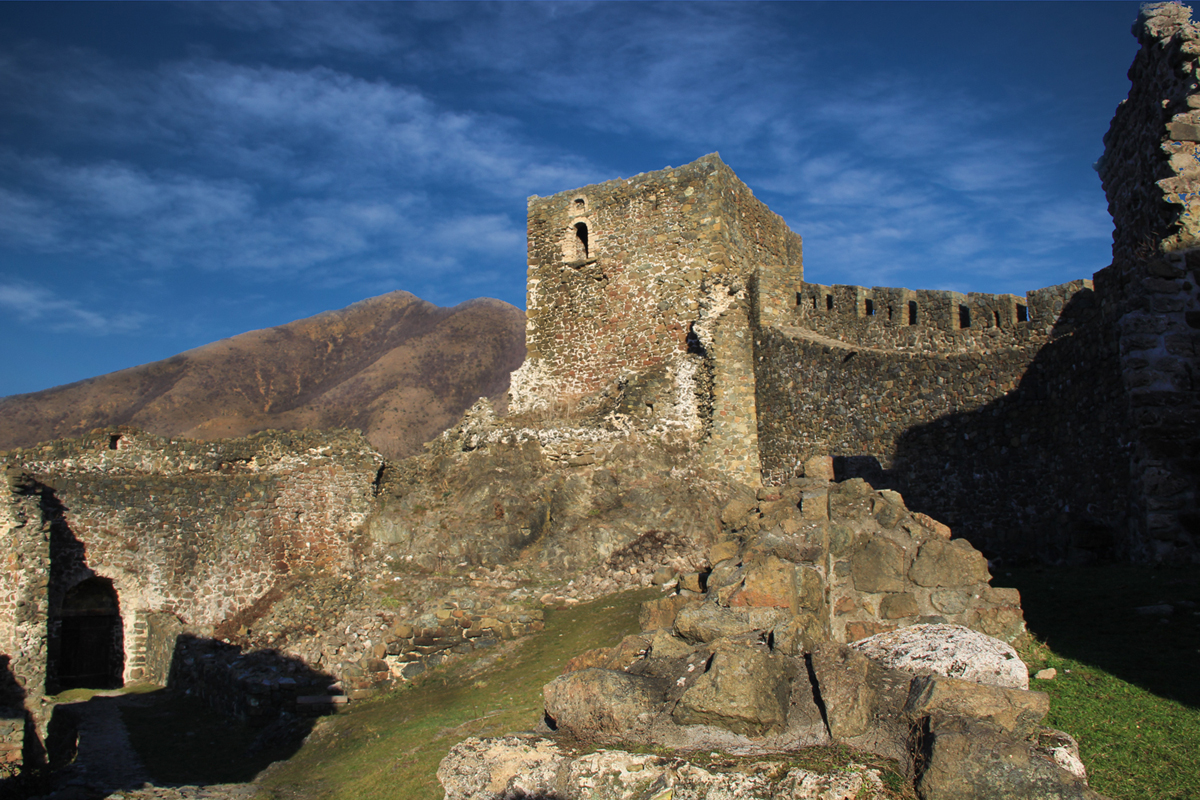
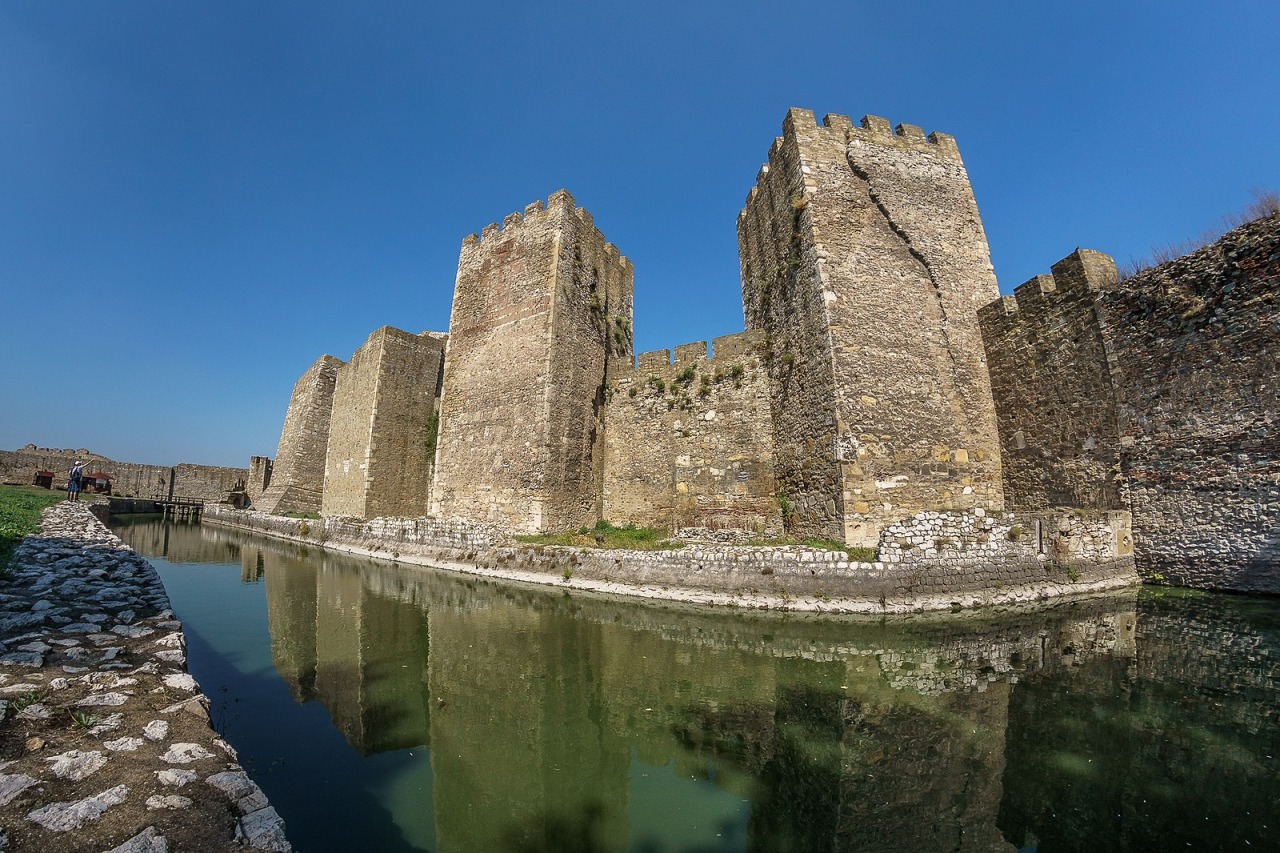
At Maglič, locals whisper that Jerina forced thousands of peasants to labor under brutal conditions to construct the imposing walls. It’s said the cries of the dead still echo through the morning mist, and that her restless spirit haunts the towers, doomed to wander eternally for the suffering she caused.
But it is Smederevo Fortress, which served as the last capital of medieval Serbia, that bears the strongest imprint of her legend. Built in remarkable time during the threat of Ottoman invasion, many believed Jerina’s obsession with grandeur and control led to unimaginable suffering. Folk songs and epic poems turned her into a symbol of tyranny, even blaming her for the fortress’s eventual fall. Some say she threw her enemies — and even disobedient servants — into the Danube from its high walls.
Though historians argue that Jerina was a victim of propaganda, used as a scapegoat during a time of national crisis, the myth persists — carried in stone, water, and wind. Whether a cruel ruler or an unfairly maligned noblewoman, Jerina’s ghost looms large over Serbia’s most powerful fortresses, forever tied to the land’s most haunting legends.
Studenica Monastery – Sacred Waters and Silent Miracles
Nestled in a peaceful river valley and encircled by forested slopes, Studenica Monastery is not only a jewel of medieval Serbian architecture — it’s a place whispered to possess divine power. Founded in the 12th century by Saint Stefan Nemanja, Studenica is revered for its frescoes, serenity, and healing spring.
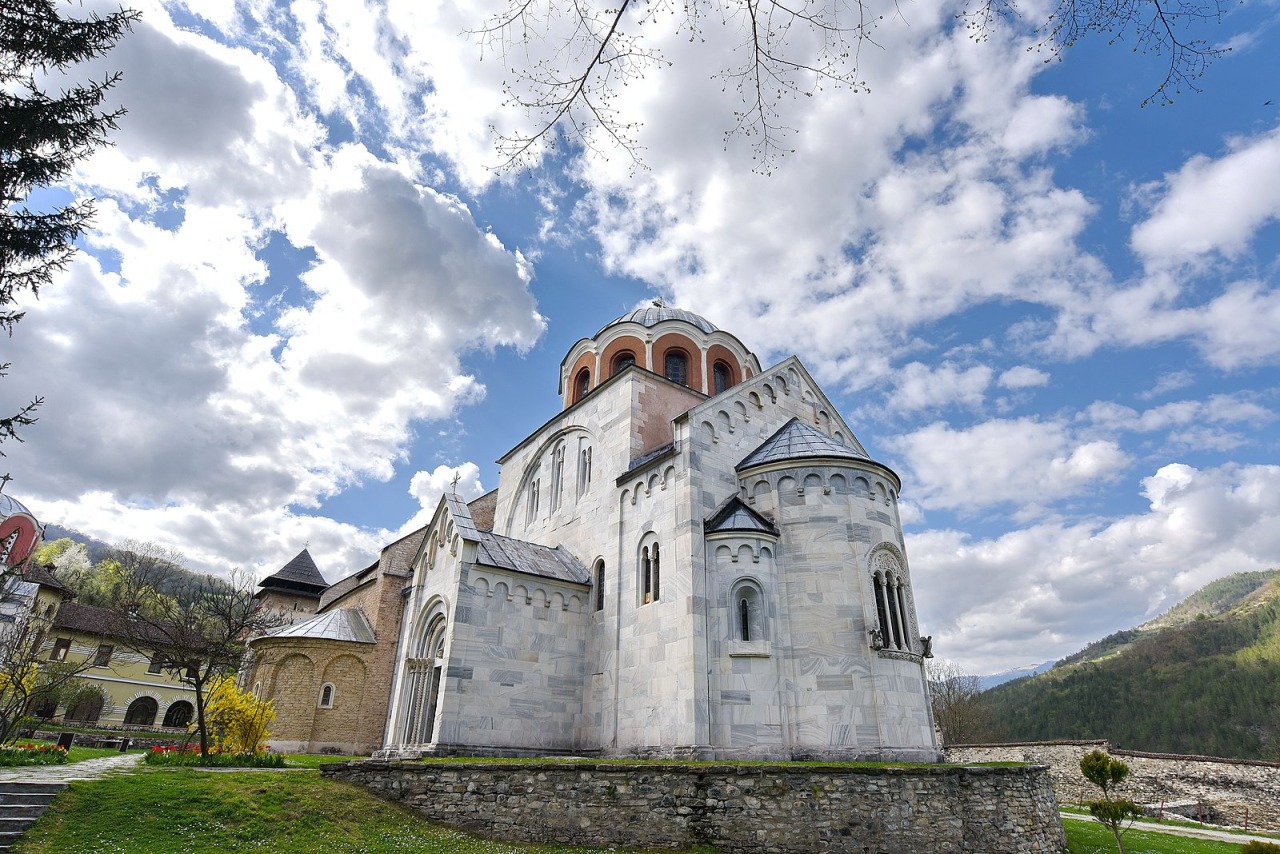
Local tradition speaks of a miraculous water source, flowing near the church walls. Pilgrims claim that the spring cures ailments, especially of the eyes, and women come from across the Balkans to pray for fertility. It’s not uncommon to see candles lit in silence, heads bowed in hope.
Beyond the legends, Studenica radiates a spiritual gravity. It’s a place where even non-believers pause — where silence feels sacred, and time slows, as if the very stones of the monastery are listening.
Vražji Kamen – Devil’s Rock Above the Clouds
On the lonely ridges of Stara Planina, near the village of Kalna, a jagged, towering boulder known as Vražji Kamen (Devil’s Rock) defies explanation. Perched precariously on a slope, the monolith appears as if placed by a giant’s hand — or something darker.
According to local legend, the Devil himself tried to hurl this rock onto a nearby church, angry at the prayers rising from the valley. But at the sound of the morning bell, he dropped it in rage and vanished into the fog. Some say on stormy nights, you can still hear the echo of his scream.

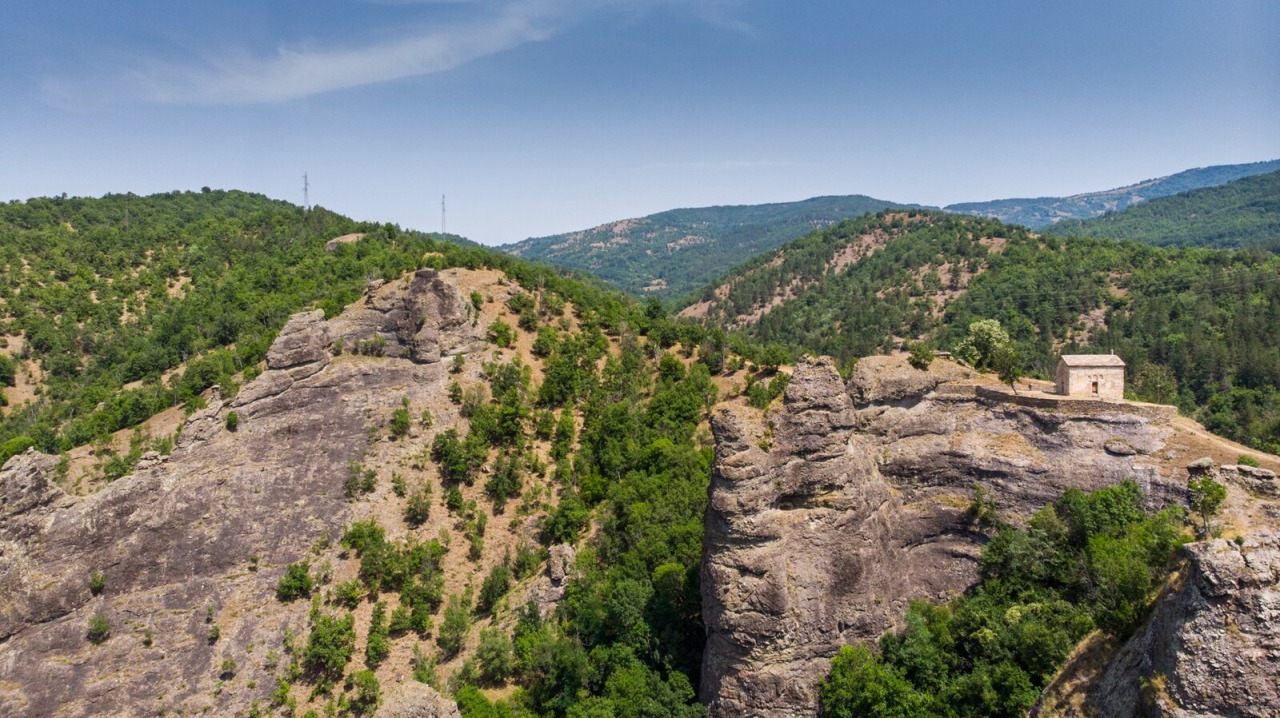
Geologists call it a natural formation, shaped by wind and erosion. But the villagers see more — a place where forces clash, where the veil between worlds thins. Hikers who brave the trail often speak of a strange magnetism at the summit — an uneasy feeling that they’re not alone.
Vinča and the Forgotten Gods of the Danube
Long before ancient Greece or Rome, a powerful culture flourished on the banks of the Danube — and left behind a mystery that still puzzles archaeologists. The Vinča civilization, dating back over 7,000 years, created cities, tools, and strange clay figurines that hint at goddess worship and a lost spiritual system.
Near the modern village of Vinča, just outside Belgrade, you can visit the archaeological site of Belo Brdo. Here, among layers of earth, lie the remnants of temples, homes, and ritual artifacts — including figurines with enormous eyes and alien-like shapes. Who were these people? What did they believe? Some researchers even link them to global megalithic cultures, suggesting Vinča was part of a wider, ancient network.
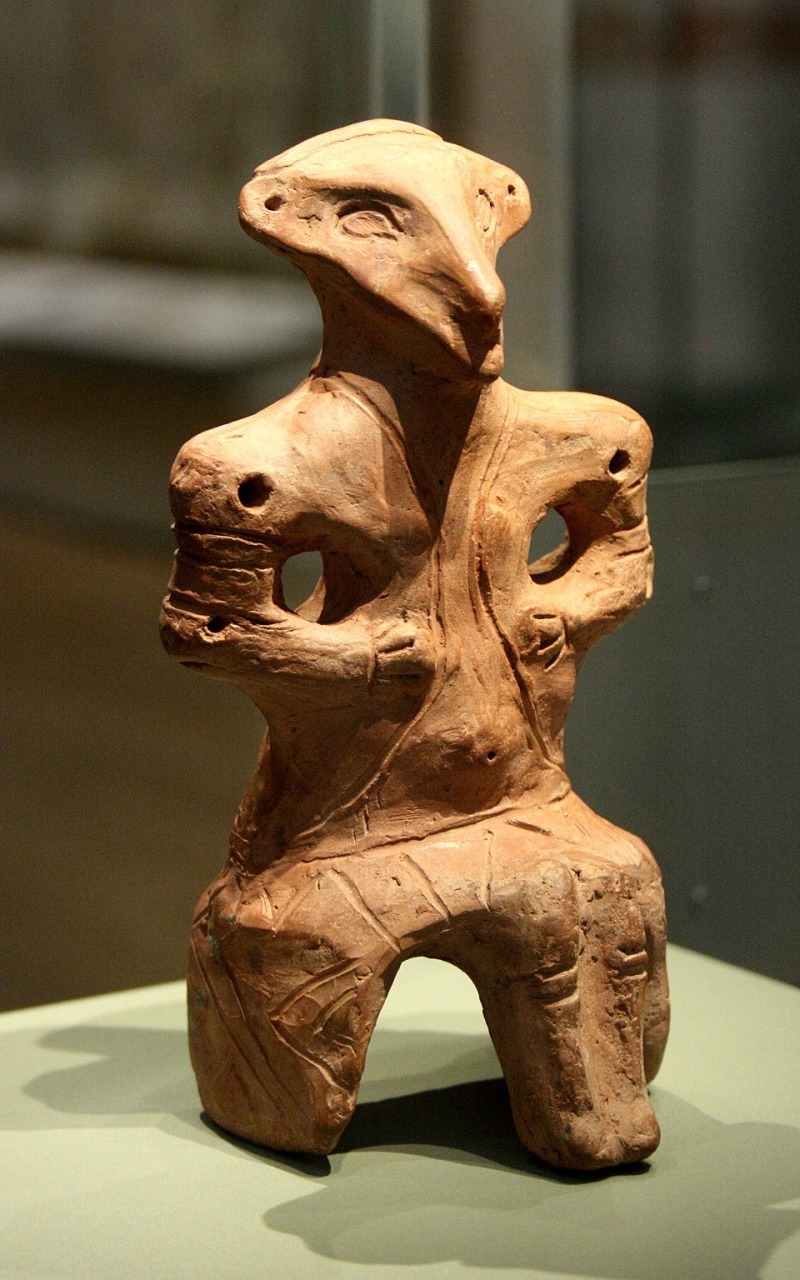
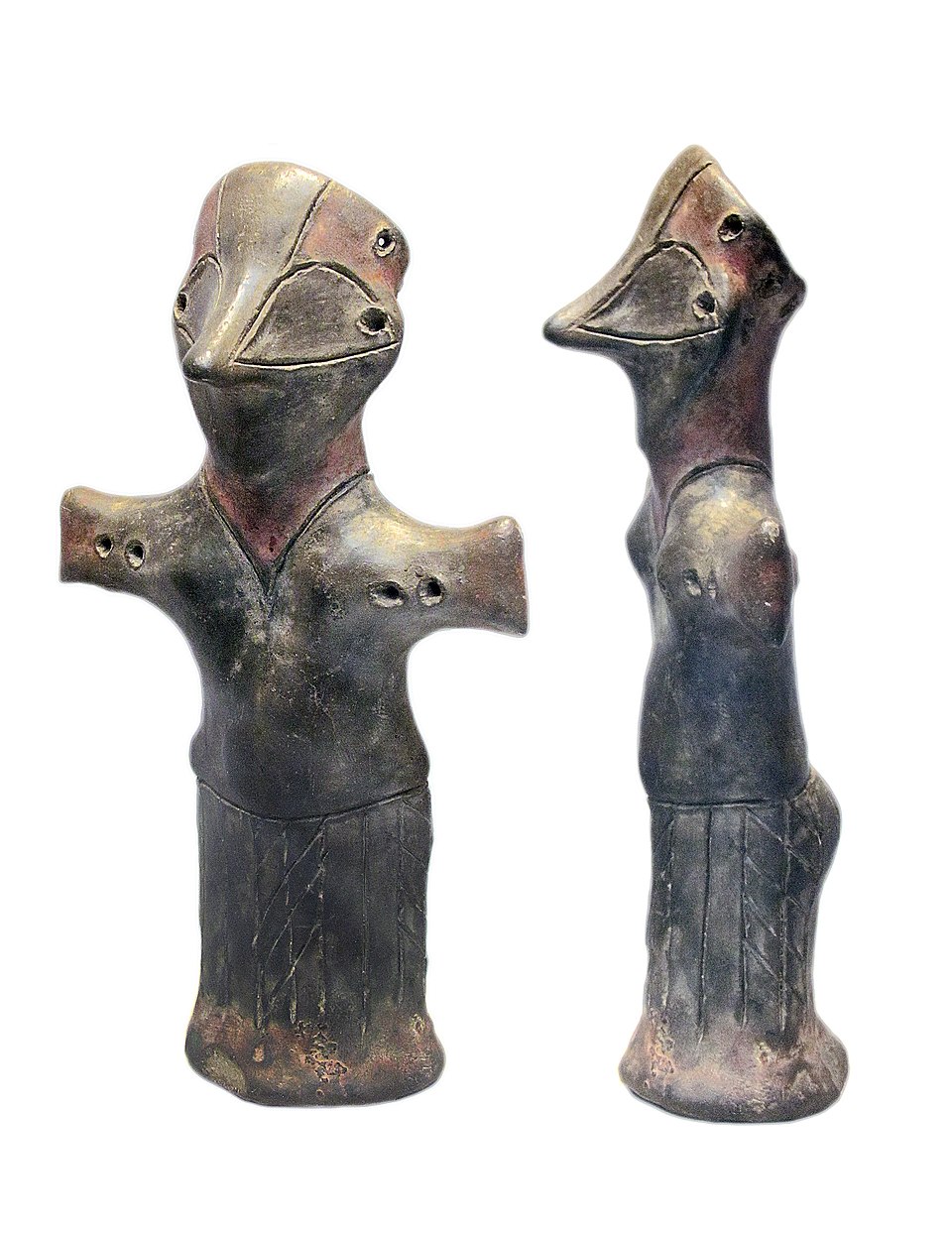
One sacred oak still stands near the site — untouched by time — and locals say it has its own spirit. Whether you believe in lost civilizations or not, there’s something quietly cosmic about this place. A whisper of forgotten gods carried on the Danube wind.
A Land Where Myth Still Breathes
Serbia is more than landscapes and landmarks — it is a country where myth lives on in the mountains, where stone tells stories, and where legends wait patiently for curious travelers. Whether you seek spiritual awakening, historical intrigue, or simply the thrill of standing in a place shaped by centuries of belief, Mystical Serbia invites you to explore the shadows — and discover the light within them.
Related Articles


Winter Wine Escape: Serbia’s Most Beautiful Holiday Wineries
December 11, 2025